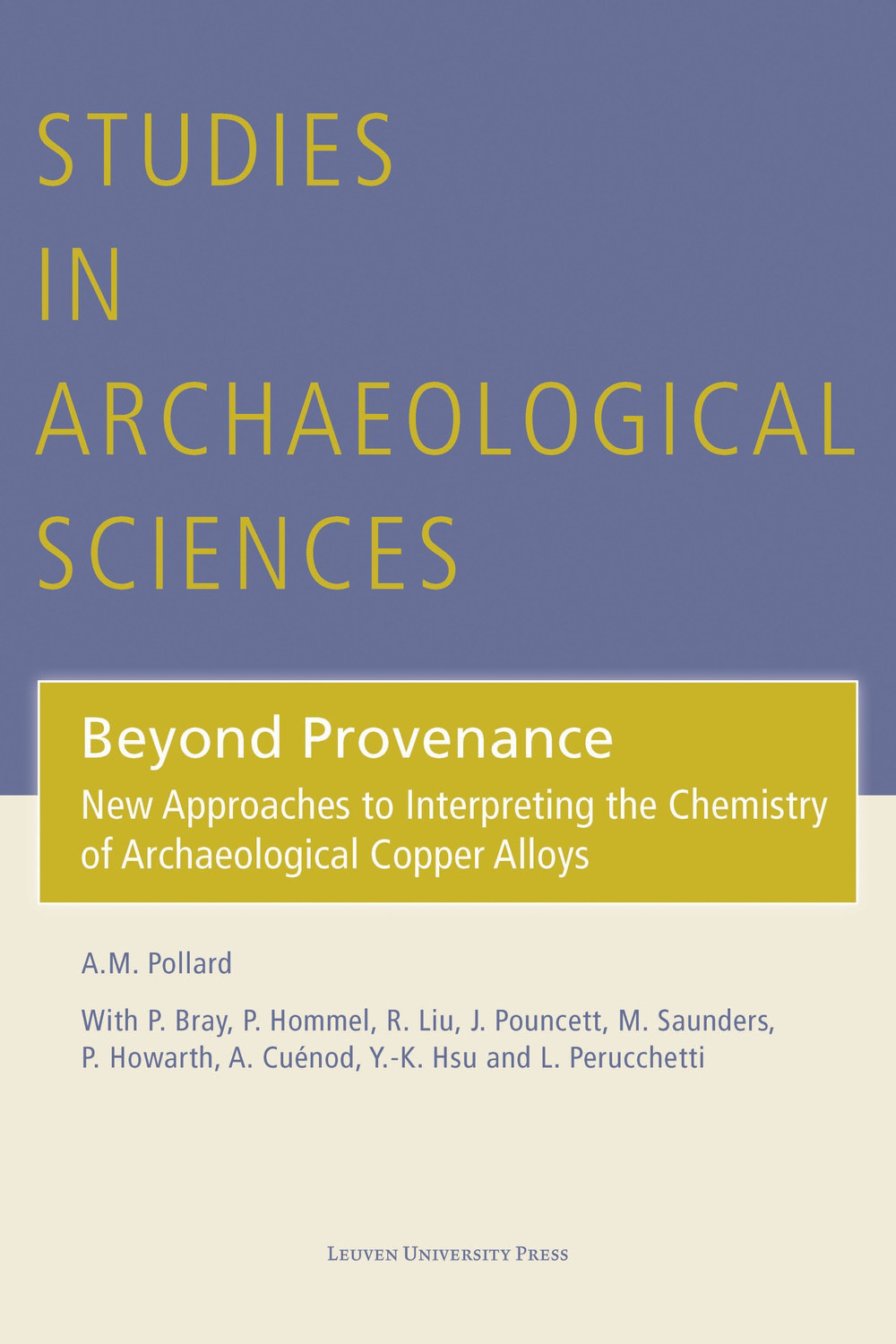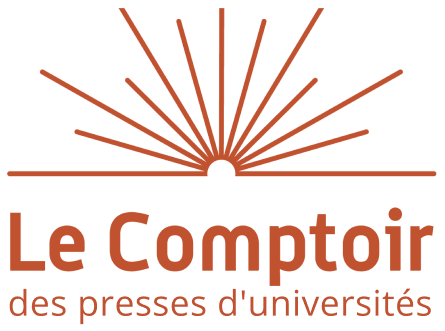
Beyond Provenance
New Approaches to Interpreting the Chemistry of Archaeological Copper Alloys
Mark POLLARDCollection
Studies in Archaeological SciencesEditeur
Universitaire Pers LeuvenDate de publication
20 novembre 2018Résumé
Humanintentionality in chemical patterns in Bronze Age metals For the last 180 years,scientists have been attempting to determine the 'provenance' (geologicalsource) of the copper used in Bronze Age artefacts. However, despite advancesin analytical technologies, the theoretical approach has remained virtuallyunchanged over this period, with the interpretative methodology only changingto accommodate the increasing capacity of computers. This book represents aconcerted effort to think about the composition of Bronze Age metal as theproduct of human intentionality as well as of geology. It considers the traceelement composition of the metal, the alloying elements, and the lead isotopiccomposition, showing how a combination of these aspects, along witharchaeological context ...
Lire la suite
FORMAT
Livre relié
39.50 €
Ajout au panier /
